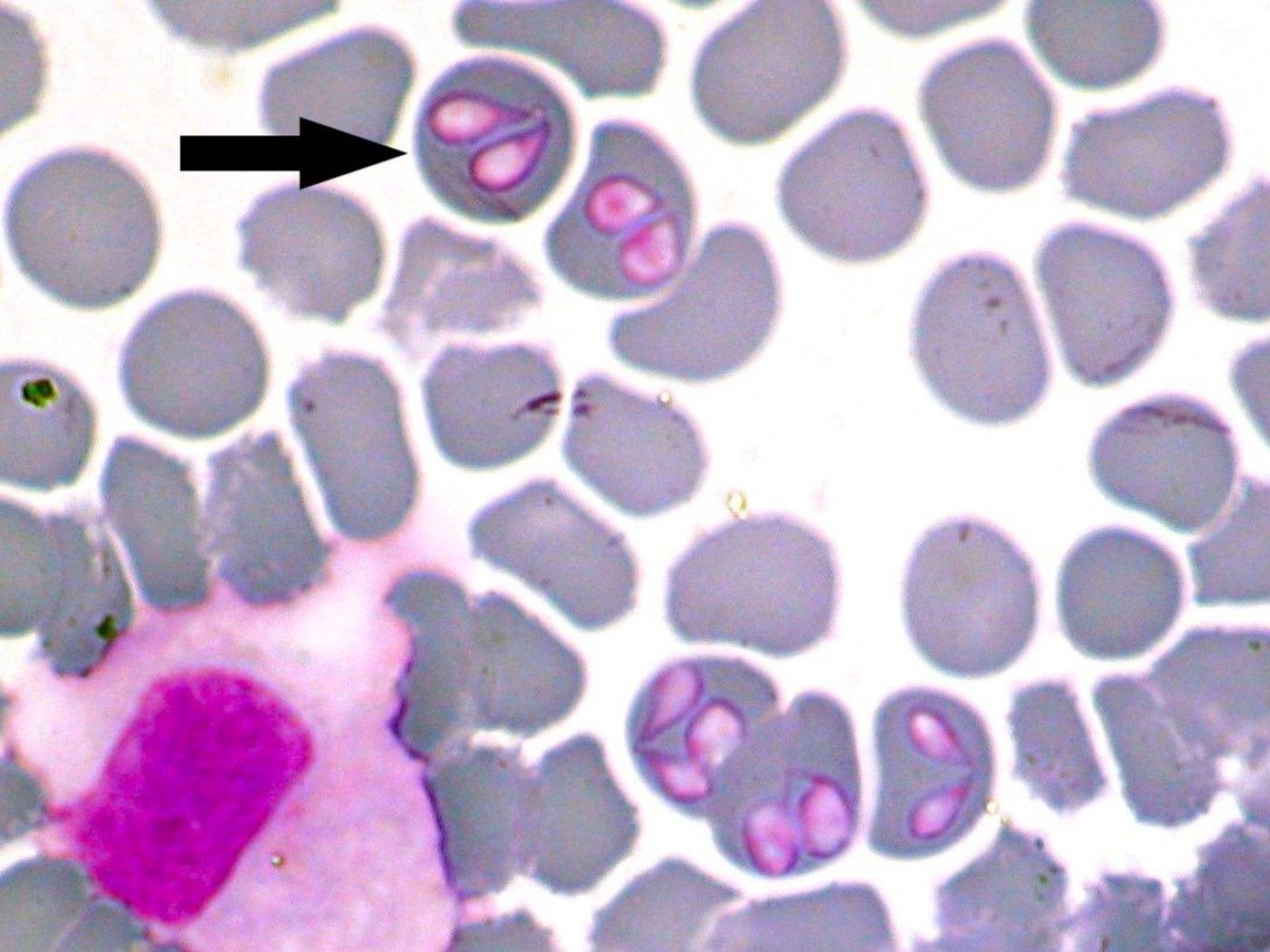Rare Tickborne Disease "Babesiosis" Produces Strange Side Effect
The first human case of babesiosis was reported in 1957; until then it was thought of as a disease plaguing domesticated animals like cattle. Antimicrobials easily treat the infection, but in very rare cases recovering individuals develop severe anemia. Now scientists are teasing apart how a relatively harmless disease transitions into a troublesome affliction.
Babesiosis is caused by parasitic protozoans similar to those microbes that produce malaria, and it is spread by ticks that also carry lyme disease, Ixodes scapularis. The condition is considered to be rare but is becoming more common in the United States, especially in the Northeast and upper Midwest during the warm months, which get warmer and longer every year.
Specifically, babesiosis is disease characterized by nonimmune hemolytic anemia, due to a parasitic attack on red blood cells. Any type of anemia can cause fatigue, pale skin, jaundice, and blood in the urine.
Scientists know that people with suppressed immune systems or who have had a splenectomy are especially vulnerable to developing babesiosis, particularly serious cases of the disease and relapses of the disease. But in a new study from experts at Brigham and Women’s Hospital, researchers wonder if a similar vulnerability is the cause of an occasional aftermath of babesiosis treatment: warm-antibody autoimmune hemolytic anemia (WAHA).
WAHA is different from babesiosis in that red blood cell loss and subsequent anemia is caused by an autoimmune response as opposed to a deleterious pathogen. In addition to occurring after babesiosis, WAHA is known to develop in association with lupus, leukemia, lymphoma, and as a side effect of certain drugs.
To understand who this complication arises in people being treated for babesiosis, researchers retrospectively explored the medial information from 86 individuals diagnosed with babesiosis during a period of seven years, including the six patients who ended up developing WAHA just a few weeks after their diagnosis of babesiosis and after the initial infection had be resolved.
The one thing that all six people had in common was something that they were all lacking: their spleen. Further research showed that WAHA is indeed more common in patients recovering from babesiosis who were also missing their spleen.
"The post-babesiosis WAHA syndrome can be a hematologic complication of babesiosis, and asplenic patients appear to be particularly at risk," wrote the authors of the present WAHA study. "Understanding the activation of the immune response to babesiosis may elucidate the mechanisms of other causes of autoimmune hemolytic anemias."
The study was recently published in the New England Journal of Medicine.
Sources: Centers for Disease Control and Prevention, National Organization for Rare Disorders, Columbia University Medical Center Lyme and Tick-Borne Diseases Research Center, Brigham and Women’s Hospital









